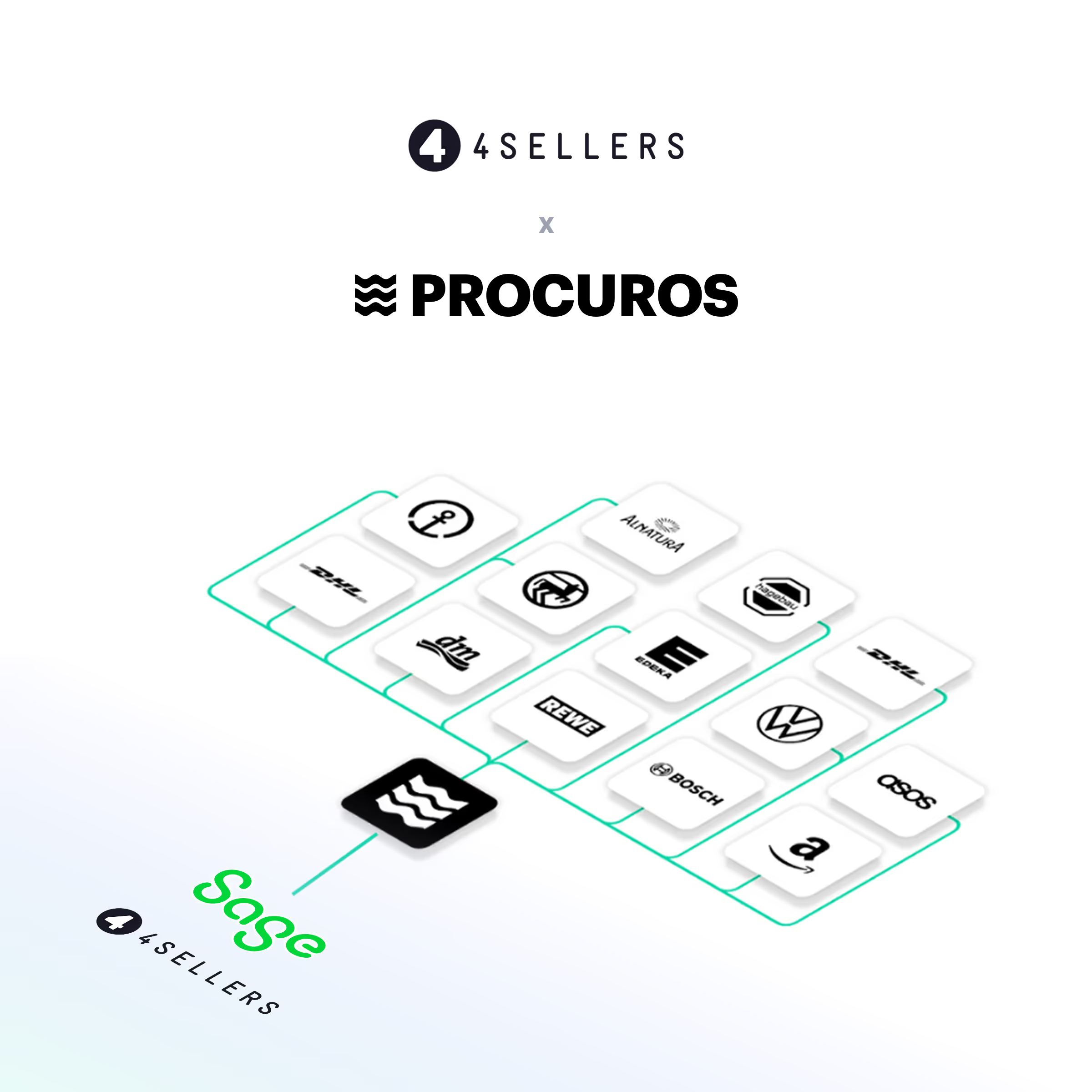Kraftling ensures rapid growth by digitizing the ordering process with EDI and automating manual data entry.

About Kraftling
Kraftling has set itself the ambitious goal of making healthy eating easy for everyone. The Cologne-based company launched in 2018with this vision and can claim to have filled a real gap in the market. Using a special process, Kraftling produces ginger shots that are not only sold through its own online shop, but can now be found on almost every shelf in food retail stores.
The most important trading partners are in the organic and food retail sectors throughout Germany.
Normal growth pushes processes to their limits
Launched in the first supermarkets around Cologne, Kraftling faced many challenges as it grew rapidly. One particular challenge was the ordering process, which was not fully automated and involved a lot of manual work. Although Kraftling was already using a powerful ERP system (Xentral), data still had to be entered manually at many points in the ordering process. The result: inefficient and error-prone processes that can severely limit fast-growing startups like Kraftling in their growth phase.
The process prior to EDI implementation
Orders were received by email or taken from the supplier portals of the respective trading partners and then entered manually into the ERP system. The order confirmation then had to be entered manually into the portal again. Once the goods had been shipped, documents from the logistics service provider, such as delivery notes and invoices, had to be transferred to the company's own ERP system and the retailer's supplier portal. This was a tedious and unfulfilling task that tied up employees for numerous hours each week. In addition, a 4-6 eyes principle was necessary to minimize manual errors.

For many startups, EDI is a question mark—they don't really dare to tackle it. For us, however, the advantages of EDI were obvious. The basis for efficient processes.
Maximilian Wermke, Co Founder
Digital orders via EDI
In retail, scaling and automating the ordering process is based on a connection via EDI. EDI stands for Electronic Data Interchange and has been used as a standard for decades. Here, the ERP system of the trading partner (e.g., REWE) is connected to the company's own ERP system so that they can exchange order documents directly with each other.
The advantages of the digital ordering process via EDI at Kraftling:
automation
Orders, delivery notes, and invoices can be automatically received or sent in your own ERP system. Manual transfer from or to PDF format is no longer necessary.
error reduction
Thanks to automatic order entry, typing errors are a thing of the past and errors throughout the entire process are minimized. Should an error occur nonetheless, it can be read out. The result is significantly improved process control. This minimizes penalties that can result from incorrect deliveries.
In the case of Kraftling, the challenge was that various retail partners (including Edeka and Rewe) had to be connected within a short period of time.
Procuros Integration Hub
Procuros makes it possible to digitize the entire ordering process—without high initial investments or complex and lengthy IT projects. The additional effort required by supplier portals and manual data entry should not distract food startups from their core business.

Procuros was a key piece of the puzzle that contributed to Kraftling's strong growth. A digitized order-to-invoice process provides the foundation on which Kraftling can scale its business model. The result is significant time savings thanks to the now efficient, automated process and a happier team, as repetitive and low-value tasks have been minimized. The focus is now back on core processes rather than time-consuming manual data entry. The advantages of the Procuros Integration Hub:
- No initial investment or connection fees
- Direct work in the ERP system
- Plug-and-play implementation

What sets Procuros apart is its mindset. Instead of focusing on the problem, it actively seeks solutions. This is something you don't see very often in the IT environment.


.png)
.png)
.png)
